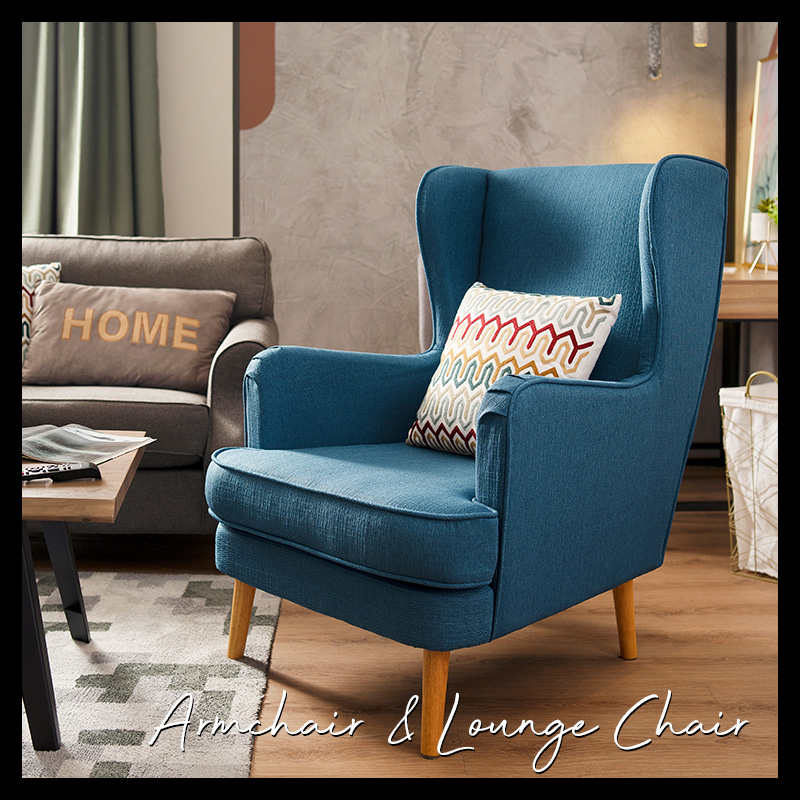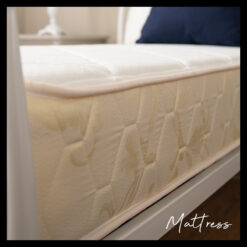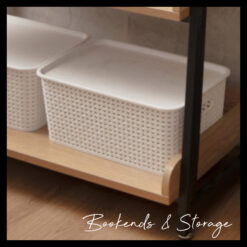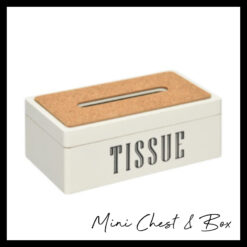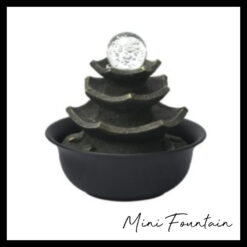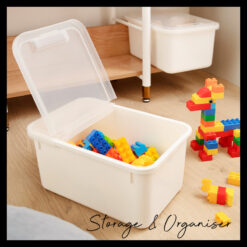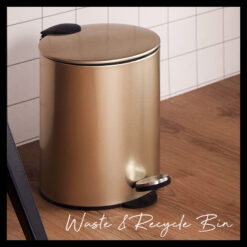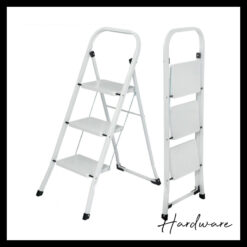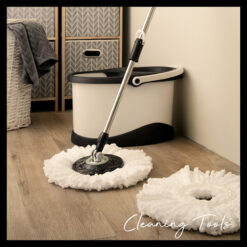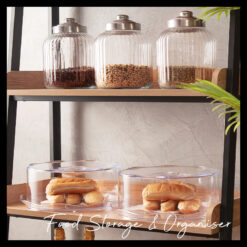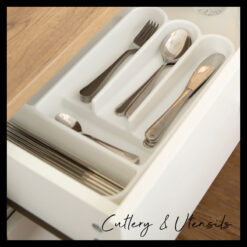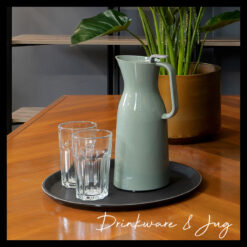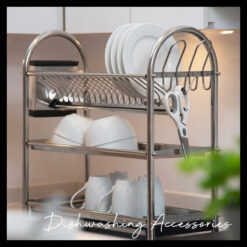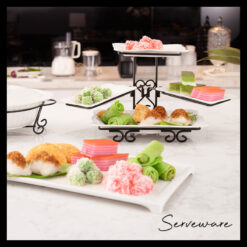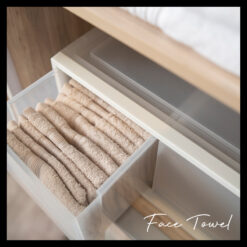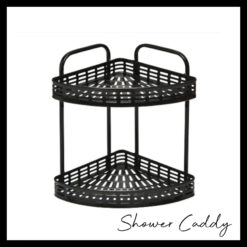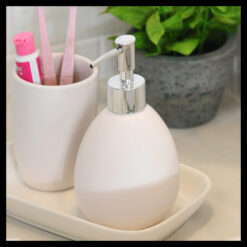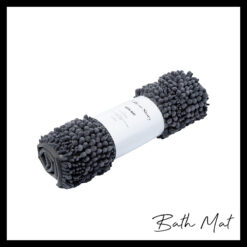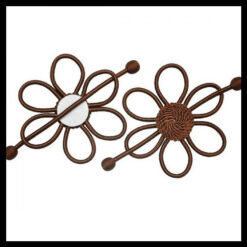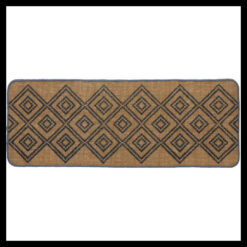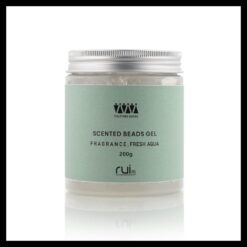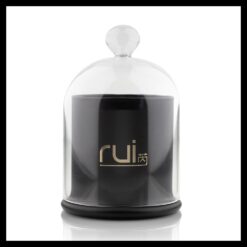No products in the cart.
Lifestyle
10 Rules for a Healthy Home Kitchen
A hearty healthy meal starts from your home kitchen! This should be a haven for making the most delicious bento boxes, salads, and smoothies. However, sustaining a healthy lifestyle requires work too! If you’re making this a part of your endeavors this year, you should abide by these 10 rules:
1. Adhere strictly to your ultimate goal and objectives for a healthy home kitchen.


To put your plans into motion, here are a few questions you can ask yourself:
-
How do you define what a healthy kitchen is?
-
“What’s your motivation for establishing a healthy kitchen?”
-
E.G: Do you want to have a sustainable kitchen where you’ll
also create compost and plant food?
Keep your home kitchen organised:


2. Draw up your own food lifecycle chart or list.
Every healthy kitchen has its own system. What’s yours? Try creating a list to put individual food life cycles into perspective. The list should indicate when it’s best to clear out leftovers and expired food from your fridge, when to purchase groceries, and to make mindful choices without buying excess or doubles of the same condiments you already have.
3. Stick to a weekly decluttering schedule.
Remove expired bottles of seasoning in your kitchen cabinets and any forgotten fresh produce that has been sitting in the back of your chiller! Distribute the others into coloured containers based on their expiring dates.


4. Separate waste into different bins, but repurpose or upcycle where possible.
Separate wet and dry waste, recyclables, and non-recyclables into dedicated bins to deter pests. Food scraps can be used to make compost or natural fertilisers for your houseplants and homegrown vegetables. Plants will greatly benefit from rice water and potassium-rich tea made from banana peels.
5. Here are some ways to prevent waste in your home kitchen!
| Stock up your pantry | Jot down a list of foods that you have in your kitchen to reduce the risk of purchasing items you already have! |
| Shop at physical shops rather than in online portals. | This helps to prevent extra spending on groceries you don’t need. |
| Take note of your previous purchases and other considerable factors. | Measure out the amount of food you need to buy, taking into account your previous purchases. These, however, play a factor too:
Tip: Cooking on a weekly basis? Choose recipes that require similar ingredients.
|
Related: Cafe Furniture And How It Can Affect Guest Experience
Foster some healthy habits to live by:


6. Create visual intrigue.
Don’t lose motivation in your quest to build a healthy kitchen! Sharpen your styling skills! Take inspiration from bento boxes and apply the arrangements to the interiors of your fridge. Take up the challenge to go plastic-free. Instead of storing your produce in plastic bags, opt for glass jars, mesh bags, or wax wraps. Who can resist the open-concept look of a neat fridge with fresh fruits, vegetables, eggs, and milk on neat display?
Note: For food to live up to their expected shelf life, it’s important to store them correctly.
7. Clean as you prep and cook food.
There’s no excuse to not clean up after yourself, especially after using your kitchen appliances. Pick up the habit of cleaning them as you cook to clear up your work top. This will also leave you with much less to clean up after a meal. A sink free from piled-up tableware also keeps the pests away! Recruit your ‘washing crew’ to help out with the chores!
Don’t forget cleanliness and design:


8. Pristine kitchen worktops.
We all prepare our food on the surfaces of our kitchen worktops. But, they too can carry a host of bacteria if they aren’t cleaned before and after food preparations! You don’t want to roll out your cookie dough on pet dander, dust, and dirt!
9. Drainage is key to a healthy home kitchen.
Drain the water from the tray of your drying rack; otherwise, get ready to bear the consequences in the form of mosquito larvae and mold!
10. Safety first!
All it takes is a slip and fall to sustain a serious injury. Use non-slip mats in your wet kitchen to prevent such accidents.

